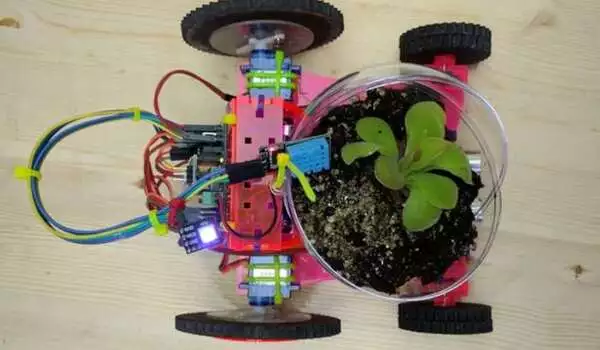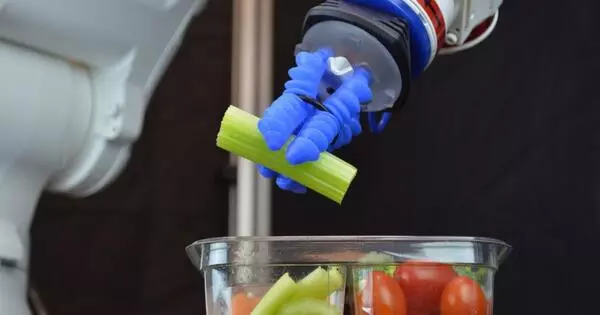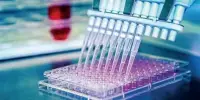Plant-based materials are rapidly being employed to develop biodegradable and sustainable components for a wide range of applications, including soft robotics. Because of their biocompatibility, flexibility, and potential for environmental friendliness, these materials are particularly appealing for the development of tiny soft robots.
A group of researchers has developed smart, sophisticated materials that will serve as the foundation for a new generation of soft medical microrobots. These tiny robots have the ability to perform minimally invasive medical operations such as biopsy and cell and tissue delivery.
A team of researchers from the University of Waterloo has developed smart, sophisticated materials that will serve as the foundation for a new generation of soft medical microrobots. These tiny robots have the ability to perform minimally invasive medical operations such as biopsy and cell and tissue delivery. They can navigate tight and flooded areas, such as the human body, and carry fragile and light cargo, such as cells or tissues, to a specific location.
In my research group, we are bridging the old and new. We introduce emerging microrobots by leveraging traditional soft matter like hydrogels, liquid crystals, and colloids.
Hamed Shahsavan
The small soft robots are biocompatible and non-toxic, with a maximum length of one millimeter. The robots are composed of sophisticated hydrogel composites that comprise plant-based cellulose nanoparticles.
This study, directed by Hamed Shahsavan, a professor in the Department of Chemical Engineering, depicts a comprehensive approach to microrobot design, synthesis, manufacture, and manipulation. When exposed to external chemical stimulus, the hydrogel employed in this work changes shape. Researchers can program such shape-change by being able to orient cellulose nanoparticles at whim, which is critical for the creation of functioning soft robots.
Plant-based materials like as cellulose, starch, and chitosan have been investigated for application in the construction of soft robot components such as actuators and frames. These materials have the potential to be processed into flexible and robust structures that replicate some of the qualities observed in living beings.

“In my research group, we are bridging the old and new,” said Shahsavan, director of the Smart Materials for Advanced Robotic Technologies (SMART-Lab). “We introduce emerging microrobots by leveraging traditional soft matter like hydrogels, liquid crystals, and colloids.”
Another distinguishing feature of this advanced smart material is its ability to self-heal, allowing for a wide range of robot shapes to be programmed. To produce different forms for different operations, researchers can cut the material and put it back together without using glue or other adhesives.
The material can be further tweaked with magnetism to allow soft robots to move through the human body. The tiny robot was pushed around a maze by researchers controlling its movement using a magnetic field as proof of concept of how the robot would traverse through the body.
“Chemical engineers play a critical role in pushing the frontiers of medical microrobotics research,” Shahsavan wrote in an email. “Ironically, addressing the many grand challenges in microrobotics necessitates the skillset and knowledge that chemical engineers possess, such as heat and mass transfer, fluid mechanics, reaction engineering, polymers, soft matter science, and biochemical systems. As a result, we are uniquely positioned to pioneer new pathways in this burgeoning industry.”
The robot will be scaled down to submillimeter scales as the next step in this research.














